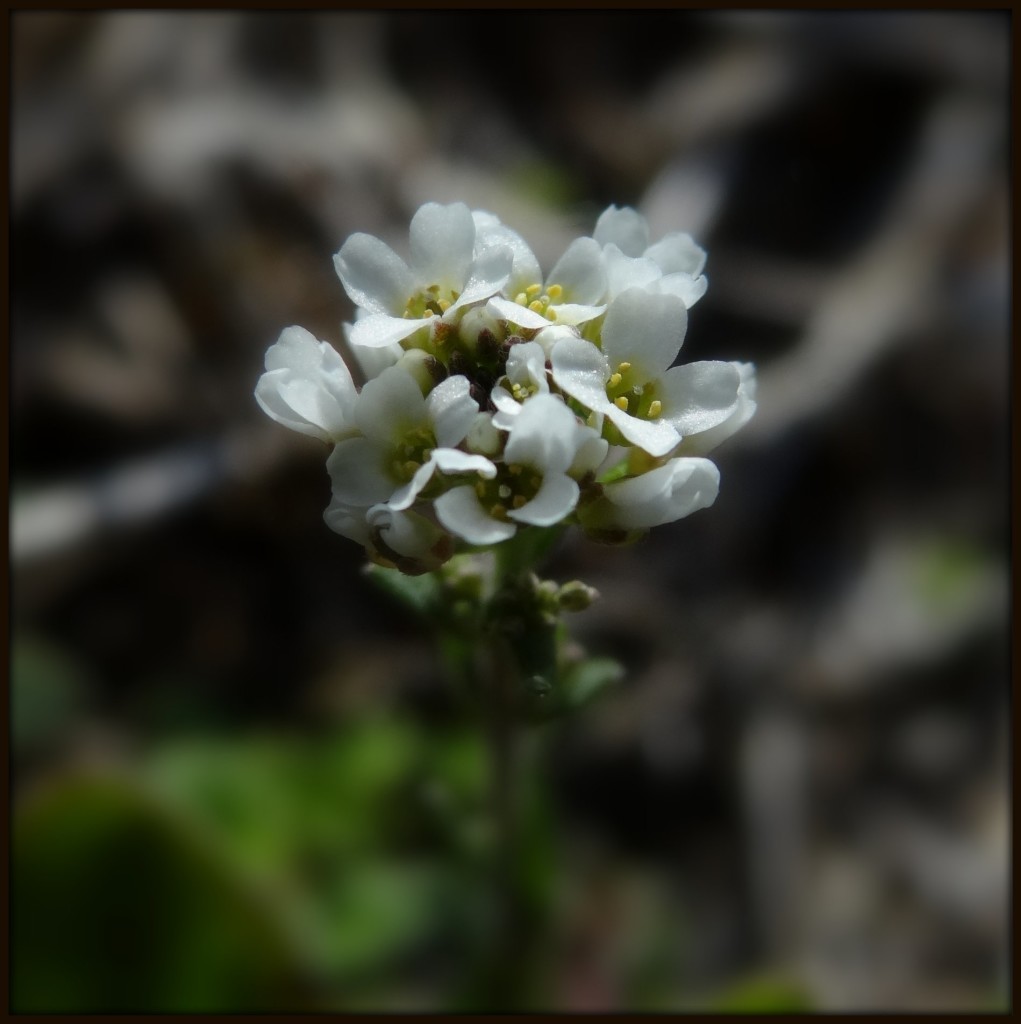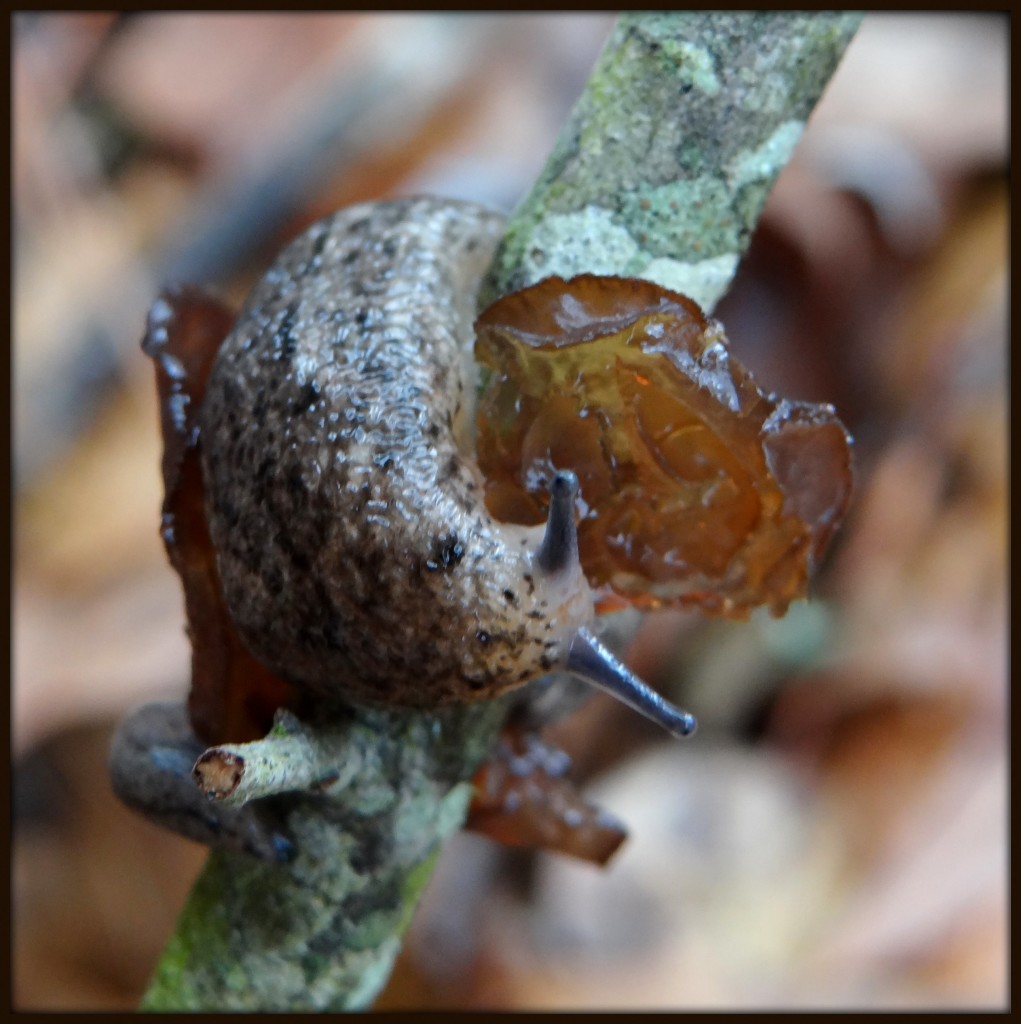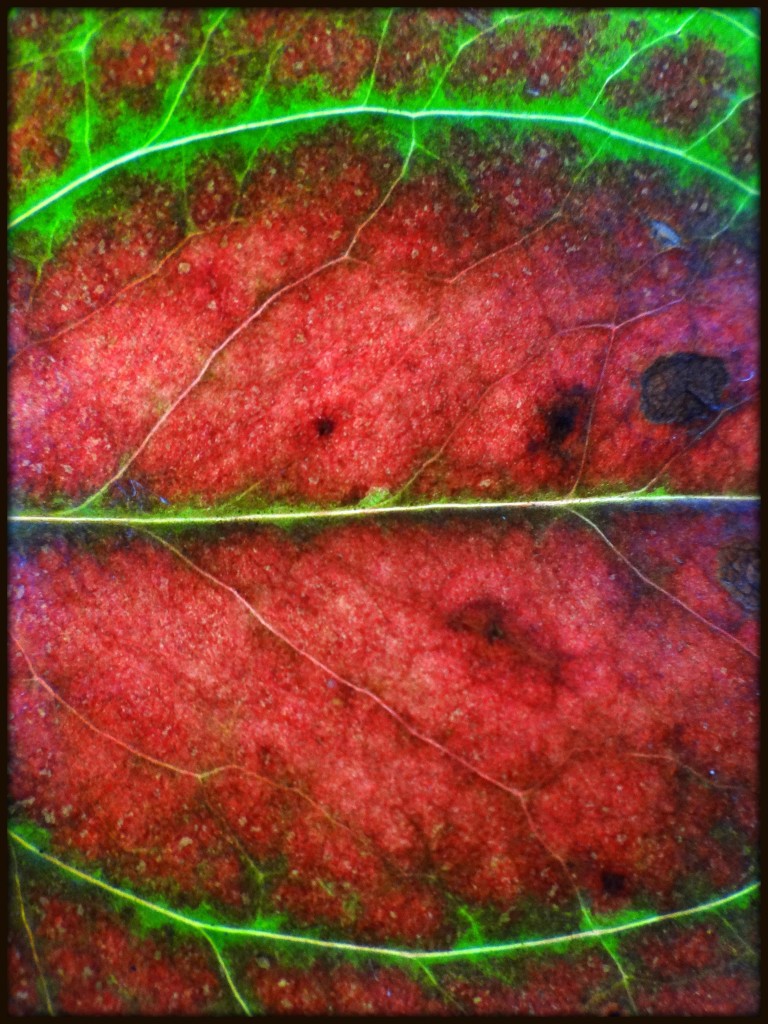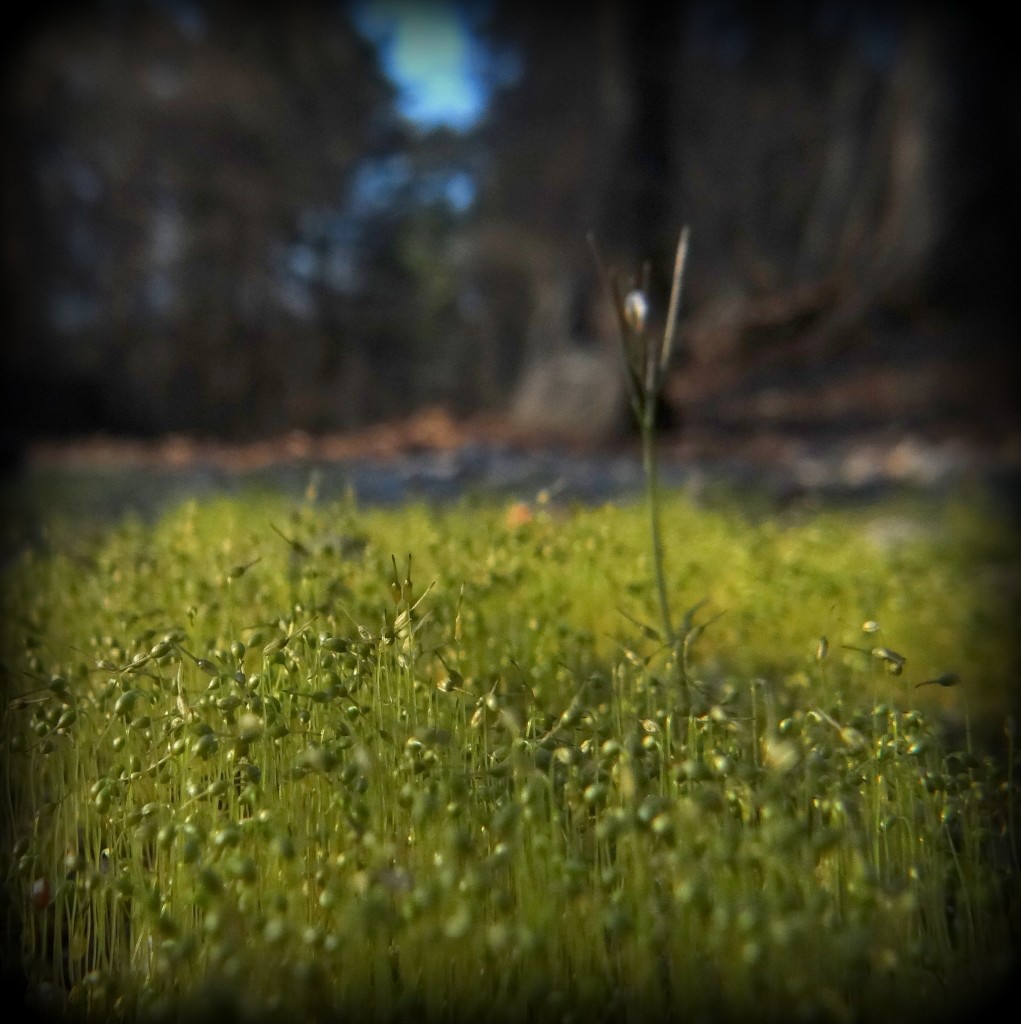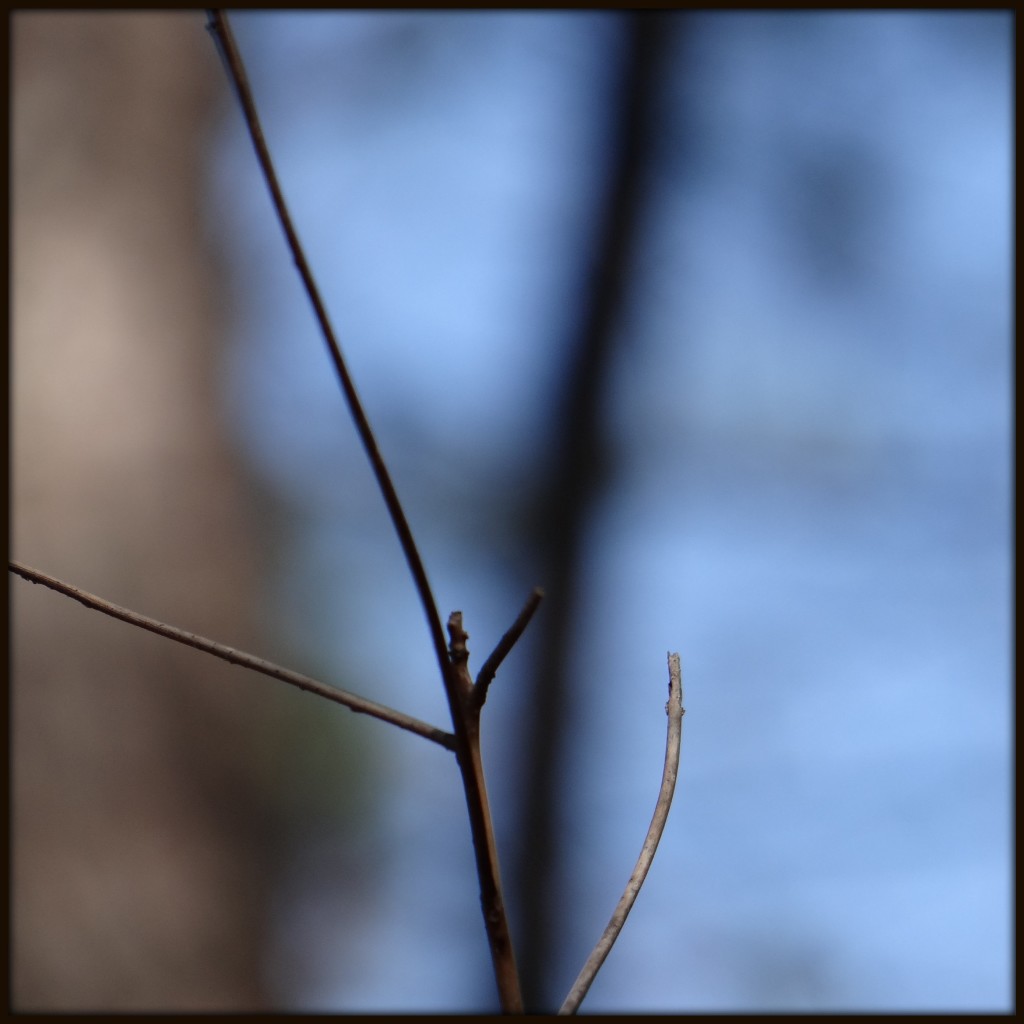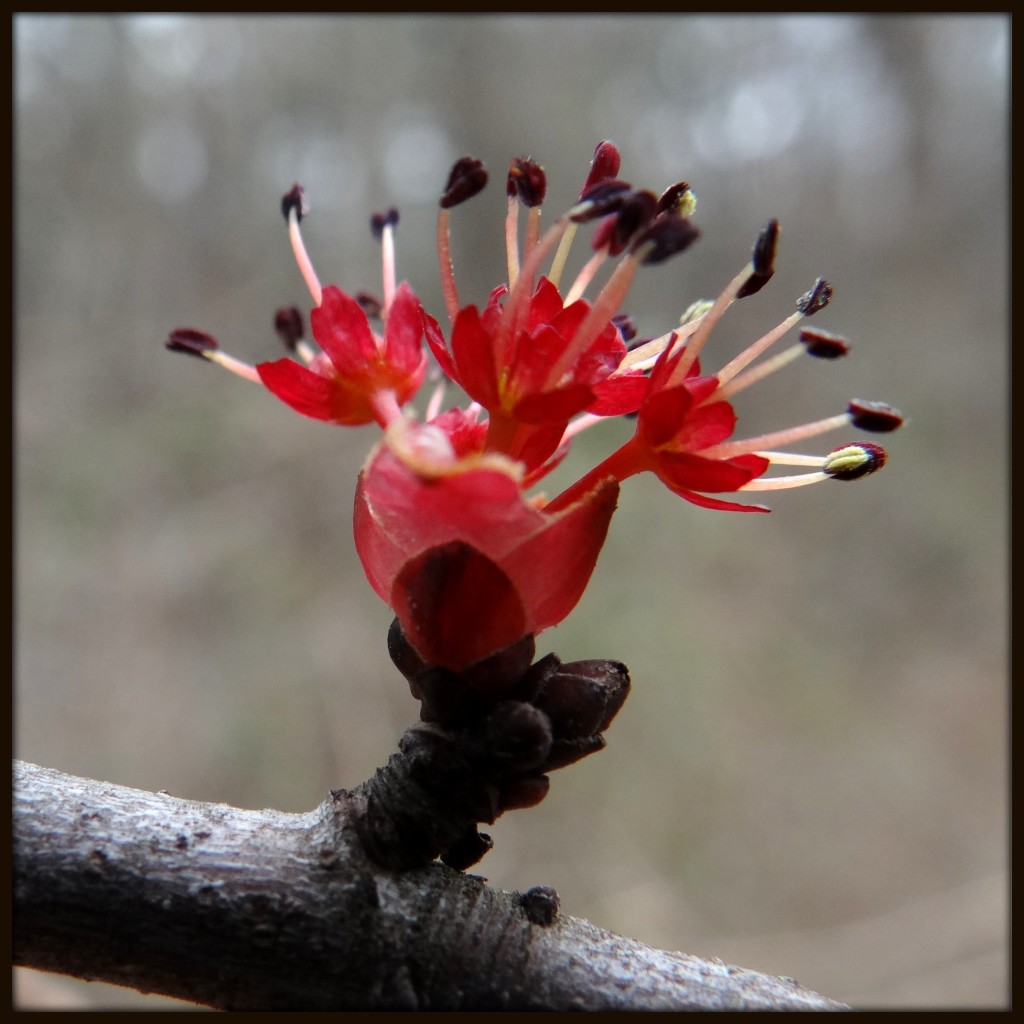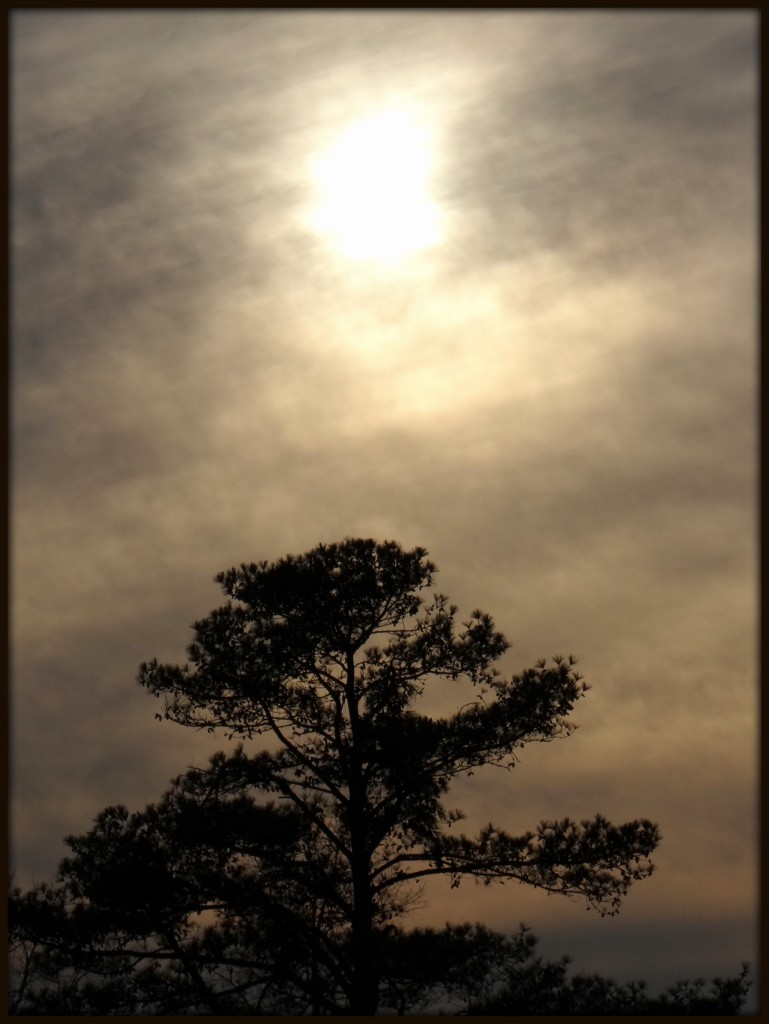After a stunning display of orchids, tulips, daffodils, and crocuses at the Atlanta Botanical Gardens yesterday, I returned to Piney Woods this afternoon having difficulty making the shift back to a drab landscape still mostly wearing its winter garb. Apart from the everlasting daffodils (the blossom I first photographed weeks ago is still going strong), the only flowers blooming at the moment are minute ones. There are the maple blossoms yet, and then the flower garden of early weeds at the confluence of Piney Woods Church and Hutcheson Ferry Roads. There, I mostly found more hoary bittercress and the ubiquitous henbit. It took me a few minutes to discover something new: yet another tiny white flower, this one clustered atop at tiny stalk. It is a member of the genus Draba, and almost definitely Draba brachycarpa, shortpod whitlow grass. Its common name, alas, comes from a swelling near a toenail or fingernail (called a whitlow), for which the juices of this plant are supposedly beneficial in treating. Even its Latin name of Draba does not strike me as particularly poetic. However, it was a tiny flowering annual of this very genus that inspired the renowned early ecologist Aldo Leopold to write (in A Sand County Almanac), “He who hopes for spring with upturned eye never sees so small a thing as Draba. He who despairs of spring with downcast eye steps on it, unknowing. He who searches for spring with his knees in the mud finds it, in abundance…. Draba plucks no heartstrings. Its perfume, if there is any, is lost in the gusty winds. Its color is plain white. Its leaves wear a sensible wooly coat. Nothing eats it; it is too small. No poets sing of it. Some botanist once gave it a Latin name, and then forgot it. Altogether it is of no importance — just a small creature that does a small job quickly and well.”
